Find your perfect Villamartin holiday rental home in the Costa Blanca through In The Sun Holidays offering beautiful beach front villas overlooking the Mediterranean, spacious apartments and homes suiting all holiday requirements and the best place to call your holiday home in Villamartin, that is what In The Sun Holidays of Villamartin will guarantee you when choosing your holiday destination, just ask a friend as we are sure they have been here already!
In the southeast of Spain, in the province of Murcia, sits the city of Cartagena. It is renowned for having a lengthy past that dates back to Phoenician times. The city is home to a huge number of tourist attractions as well as a lot of historical and cultural monuments. We'll explain what to see and do in Cartagena in this article.
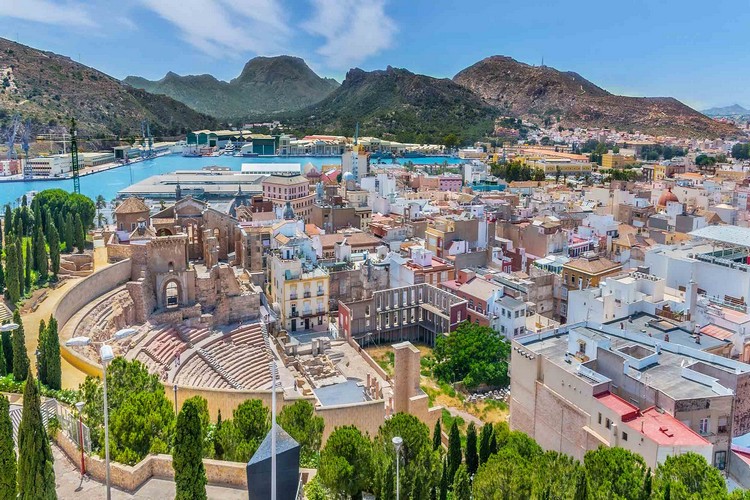
Cartagena Traditions and Culture
The city of Cartagena has a long, Roman-era-dating past, which has influenced its culture and traditions. Phoenicians, Carthaginians, Romans, Visigoths, Arabs, and Christians have all left their stamp on the city's cultural history.
History of Cartagena
The city of Mastia, which was established in the eighth century BC, is when Cartagena's history begins. Later, the Carthaginians colonized the city and developed it into a significant naval station. Cartagena experienced a significant economic and cultural boom when it was named the capital of the Roman province of Hispania Citerior in the third century BC.
"Cartagena was a significant commercial and cultural hub throughout the Roman era. A theater, an amphitheatre, public baths, and other significant structures were present in the city. Tourists must see the Roman theater in Cartagena, one of the best preserved in all of Spain."
Cartagena came under the control of the Visigoths and the Arabs following the fall of the Roman Empire. The city was taken again by Christians throughout the Middle Ages, and it developed into a significant commerce hub.
Cartagena served as the Republican fleet's command center during the Spanish Civil War. The city was heavily damaged by the bombardment of Franco's soldiers. Many of the city's historic structures were able to be recovered after the war because to a reconstruction program that was put in place.
A city with a rich cultural and historical legacy, Cartagena is today.
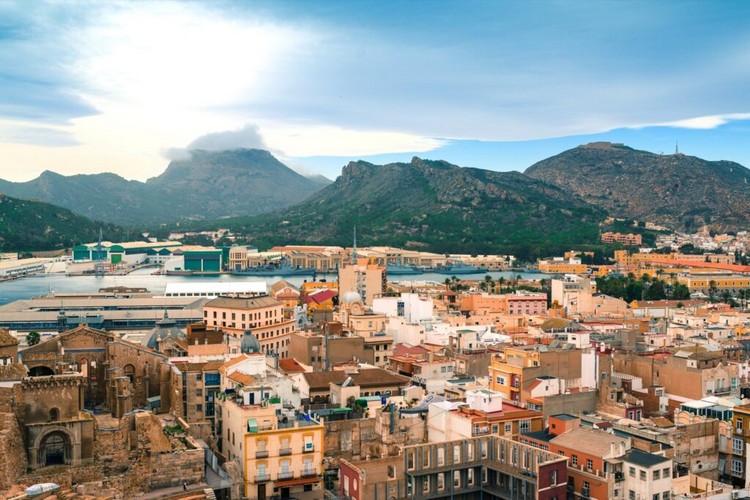
With influences from the Phoenicians, Carthaginians, Romans, Visigoths, Arabs, and Christians, Cartagena has a long and varied history. The city has been successful in preserving its historical and cultural legacy, making it an interesting and alluring destination for travelers interested in learning about Spanish history and culture.
Where should I go in Cartagena?
If you're thinking about taking a trip to this city, this article will provide you with some tips on what to see and do. Including beaches, batteries, and cultural plans.
As we've already mentioned, the city has a rich heritage that will enable us to take part in an extremely interesting cultural day, as well as enjoy its beaches and boat cruises.
Center for History
To acquire a feel for the city, it is worthwhile to stroll through Cartagena's old district. There are cobblestone streets, public spaces, historic structures, and churches. To appreciate the architecture in this neighborhood, take a stroll around it.
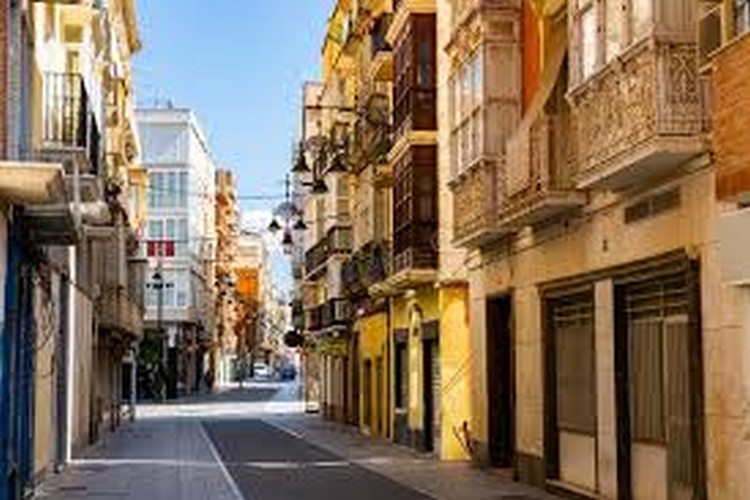
Visitors to the city must view the historic center of Cartagena, one of Spain's most significant monumental complexes. Historic structures, public spaces, churches, and museums may be found throughout the pedestrian-only historic core, which spans from the port to Parque Torres.
"The Roman Theater of Cartagena, one of the best preserved in Spain, is one of the most notable locations in the historic center. One of the city's top tourist attractions is the theater, which dates back to the first century BC."
The Palacio Consistorial, which houses the Cartagena City Hall, is another notable structure. The structure was constructed in the 19th century and is an illustration of the neoclassical design.
Another of the most significant structures in the historic center is the Cathedral of Cartagena, sometimes referred to as the Cathedral of Santa Mara la Vieja. Gothic, Renaissance, and Baroque characteristics may be found in the cathedral, which was constructed in the 13th century.
Plaza del Ayuntamiento, Plaza de San Francisco, Plaza de la Merced, and Plaza de San Sebastián are further significant landmarks in the historic district. Numerous bars and eateries, as well as marketplaces and craft stores, may be found in these squares.
The Cartagena Port
In terms of both commercial traffic and cruise tourism, the port of Cartagena is one of the most significant ports in Spain. It has a lengthy history that dates back to Phoenician times and is situated on the Mediterranean coast in the southeast of the Iberian Peninsula.
"Three cargo terminals are present in the deep water port of Cartagena. It is a significant commercial port for cargo traffic, particularly for the natural gas and petrochemical industries. A large number of cargo ships passing through the Mediterranean port there as well."
In addition to business traffic, cruise ship vacationers frequently visit the port of Cartagena. The port boasts a cutting-edge, well-equipped cruise terminal that can accommodate up to two sizable cruise ships concurrently. A vast range of tourist sites, including the Roman Theater, the Cartagena Cathedral, the Castillo de la Concepción, and the Naval Museum, are available to visitors that enter Cartagena through the harbor.
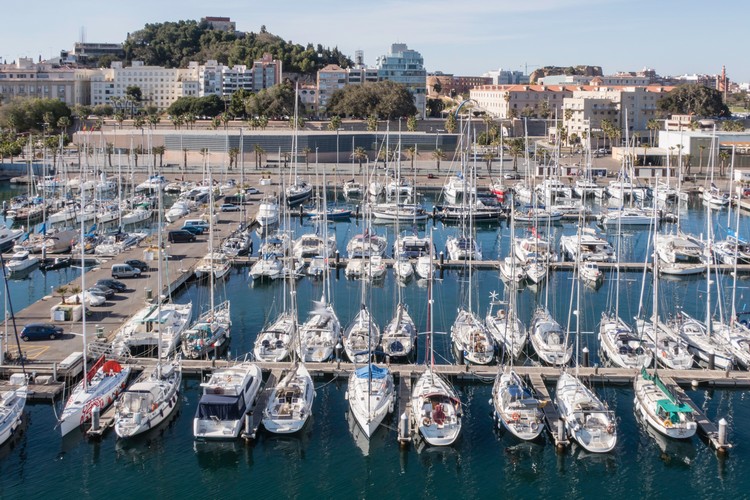
There are various berths for yachts and recreational boats at the port of Cartagena, which is also a significant marina. Water sports that are available to visitors include sailing, windsurfing, and water skiing.
Beaches
There are several different kinds of beaches in Cartagena, from little coves to lengthy stretches of sand. The Mediterranean Sea is where the city's beaches are located, therefore the water is warm and clear.
Cala Cortina beach, which is found in the city's harbor, is one of Cartagena's most well-known beaches. There are several amenities available at this 300-meter-long, golden-sand beach, including beach bars, rentals for umbrellas and sun loungers, and showers.
The beaches of the Mar Menor are accessible in 15 to 20 minutes by vehicle and are known for their mild waters that are wave- and current-free, making them ideal for young people and the elderly.
Sights to See in Cartagena?
The city of Cartagena has a wide range of attractions that will not disappoint you because of its extensive history.
Since Cartagena has a long and rich history, it features a lot of emblematic and historic locations. We have some of Cartagena's most famous tourist attractions left to discuss in this post.
Roman Theater
"One of Cartagena's most significant landmarks is the Roman theater. The first century BC saw its construction during the Roman era, while the twentieth century saw its restoration. It is regarded as one of Spain's best-preserved Roman theaters."
With a seating capacity of 7,000, it is the second-largest Roman theater in Spain and one of the best preserved.
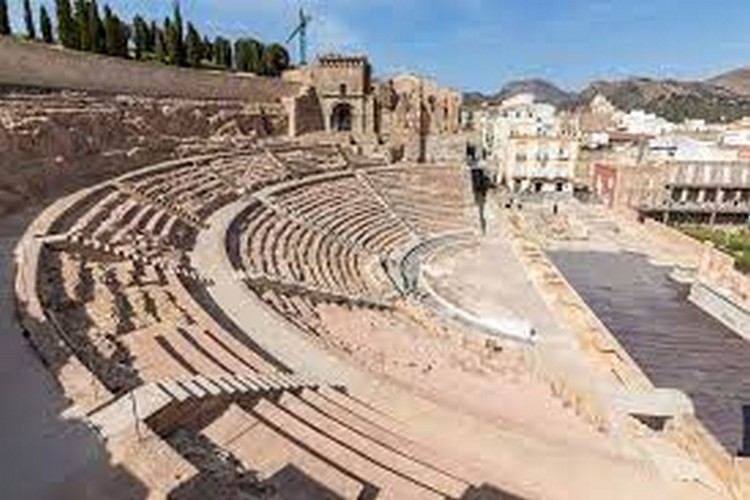
Both the theater and the adjacent archaeological museum, which showcases a number of artifacts discovered there and at other nearby archaeological sites, are open to visitors. The Cartagena Classical Culture and Theater Festival also hosts a number of other cultural events during the summer, including plays, concerts, and film festivals.
Coastal Wall
It is a historic fortress constructed in the 18th century to defend the city from attacks from the sea. It includes multiple gates and towers, and it is 2.5 kilometers long.
The wall is between 5 and 6 meters high and made of stone masonry. Additionally, it features an exterior defensive moat.
"One of the most significant and popular landmarks in Cartagena is the Sea Wall, which serves as a symbol of the city. It has undergone numerous changes and adjustments since it was established, especially in the 19th century when new towers were added and the Arsenal de Cartagena, a military installation that is now the city's Naval Museum, was built."
You may explore the entire Sea Wall by walking along it and taking in the views it provides of the city and the sea. Additionally, it is a great location for a stroll where you can take in the historical ambiance and the sea wind.
The Castle of the Conception
It is a castle that was initially constructed by Muslims in the 13th century and afterwards expanded by Christians. It has breathtaking panoramic views of the city and its port and is perched on a hill overlooking the city.
On a hilltop above the city of Cartagena stands the Castillo de la Concepción, a castle. It was constructed by the Muslims in the tenth century, and during the Christian reconquest, it underwent renovation and expansion by the many occupying military groups, including the Christians, the Castilians, and the French.
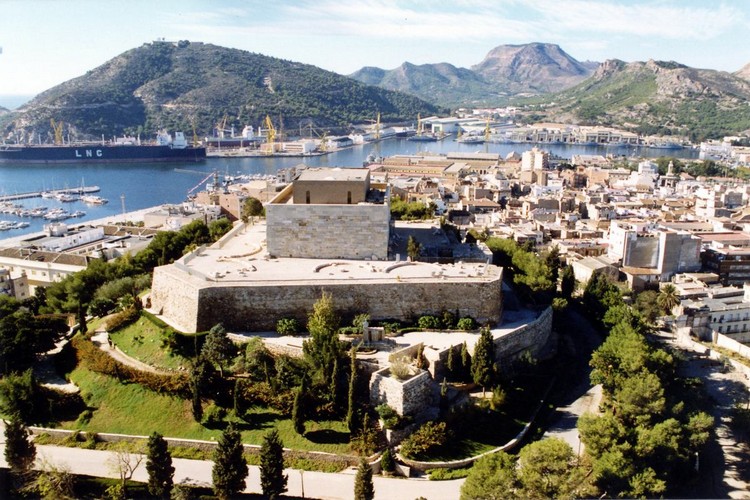
The castle contains a wall, a number of towers for defense, a number of courtyards, and inner gardens. You may get breathtaking views of the city and the port from its elevated location.
The Castillo de la Concepción is currently a cultural and tourist destination that accommodates a variety of exhibitions and events, including concerts and cultural gatherings. The history of the castle and its use in the city's defense are also explained in an interpretive center there. You may also access the keep, which offers breathtaking panoramic views of Cartagena and its surrounds.
Cathedral of Cartagena
Cartagena's cathedral, also referred to as Santa Maria Cathedral.
On the ruins of a historic Romanesque church, an 18th-century Baroque cathedral was constructed. Its main altar, dome, and main façade are distinctive.
It was constructed in the Gothic style between the 13th and the 14th centuries, but over the years, it had various renovations and additions that included Baroque and other architectural aspects.
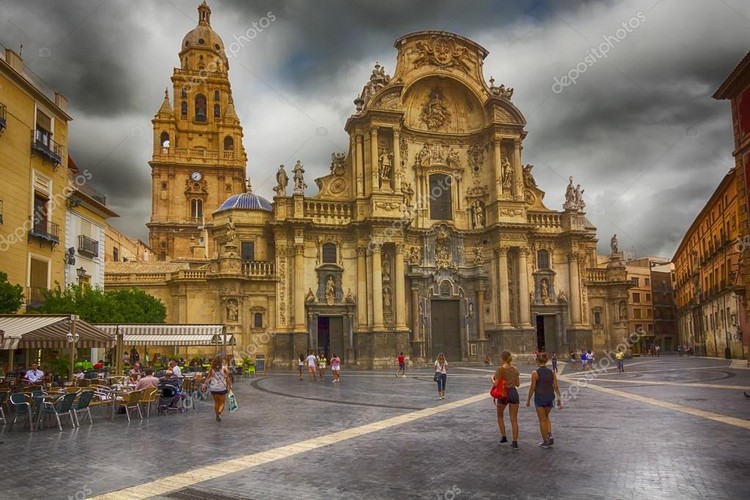
The cathedral's main façade has three entrances, and its 90-meter-tall bell tower can be ascended for breathtaking 360-degree views of the city.
The cathedral's majestic central nave, with its ribbed vaults and side chapels, is what makes the interior so distinctive.
"Numerous works of art may be found inside the cathedral, but the Baroque altarpieces, the organ from the 18th century, and different religious statues stand out."
Additionally, it features a chapel honoring the Virgen de la Caridad, the city's patron saint, who is highly loved by the inhabitants of Cartagena.
Roman Forum Quarter
It is a historic area that was constructed during the Roman era and rebuilt in the 20th century. It boasts a number of cobblestone streets, ancient structures, and archeological ruins.
The ruins of the ancient Roman city of Carthago Nova can be found in Cartagena's Barrio del Foro Romano, an archaeological site that is situated in the city's historic center.
"The Roman forum, which was the hub of the city during the Roman era, is located here. It is surrounded by significant public and private structures, including the basilica, the temple, and the baths."
One of the most significant archaeological sites on the Iberian Peninsula is the Roman Forum area, and the city's archaeological studies greatly benefited from its discovery in the 1980s. The ruins of public structures and ancient residents' residences can be seen today if you visit the archaeological zone and stroll through the streets and squares of the ancient Roman city.
A thorough display on the history of theater in Cartagena and its development through the ages can be found in the Roman Theater Museum, which is also located in the Roman Forum district. It has significant archaeological artifacts related to the Roman world.
What to see in Cartagena with kids
The city of Cartagena has a wide variety of family-friendly entertainment alternatives. What should families see and do in Cartagena? Here, we provide you a few suggestions.
Peral Submarine
One of the most recognizable symbols of the city of Cartagena is the Peral submarine. Engineer Isaac Peral from Cartagena created and constructed the world's first electric submarine in 1888. The Peral submarine marked a turning point in naval technology because it revolutionized how war was fought at sea.
The Peral submarine is housed in a structure created especially for its exposition and placed close to the Cartagena harbor. You can take a guided tour inside to discover more about the history, features, and functioning of this cutting-edge submarine. An multimedia presentation and the opportunity to tour the various submarine compartments, where crew life is modeled, are both included in the visit.
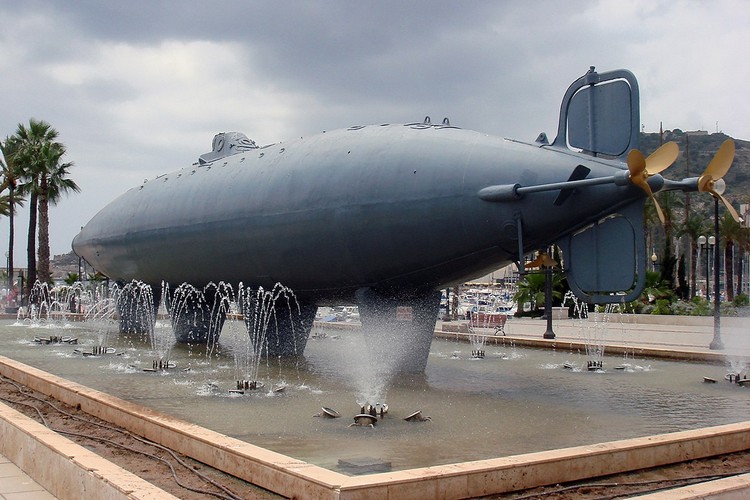
One of the top activities for learning about Cartagena's naval history and the significance of this city in the defense of Spanish territory is a visit to the Peral submarine. Additionally, it is a rare chance to explore one of the most fascinating naval artifacts and comprehend how it relates to the development of maritime technology.
The Castle of the Ducks
A variety of kid-friendly attractions and games, including slides, swings, a climbing wall, and a water play area, can be found in this castle.
Kid's Traffic Park
This theme park is made so that kids can learn about driving safety in a playful and enjoyable way. For kids to practice their driving skills, it features a traffic track, traffic lights, traffic signals, and different cars.
Museum of the Navy in Cartagena
Children can learn about Spain's maritime history in this museum's particular children's section through interactive models, games, and experiments.
Journey by Boat Through the Port
A boat ride through the port of Cartagena is the perfect family activity. There are various possibilities, including sailboats and tourist boats, and it is a unique way to get to know the city from the water.
Staying in Cartagena?
You may have noticed that it is a city with a variety of plans and choices. There is no way that a trip to Cartagena will be boring for you.
Discovering a city with a rich history and culture and taking advantage of its extensive tourism and cultural offerings can be done only in Cartagena.